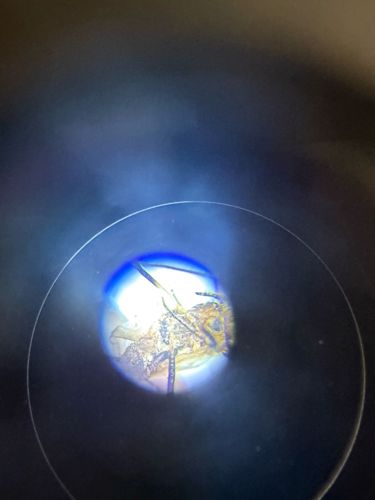Ant
Scientific Name: Formicidae
Order & Family: Hymenoptera, Formicidae
Size: Typically 2 mm to 25 mm, though some queen ants can be larger.

Natural Habitat
Worldwide, in almost all terrestrial habitats, including forests, deserts, grasslands, urban areas, and even some coastal environments. They build nests in soil, wood, under rocks, or in plant cavities.
Diet & Feeding
Highly varied, depending on the species. Many are omnivores, feeding on nectar, seeds, fungi, other insects (live or dead), and honeydew produced by aphids. Some are specialized predators or scavengers.
Behavior Patterns
Ants are highly social insects that live in organized colonies. They exhibit complex behaviors including division of labor (queens, workers, soldiers), communication through pheromones and touch, nest building, foraging, and caring for young. Many species form elaborate underground tunnels and chambers.
Risks & Benefits
Benefits include pest control (predating on other insects), soil aeration and nutrient cycling, and seed dispersal. Risks can include structural damage to homes (e.g., carpenter ants), contamination of food, and painful stings (e.g., fire ants) which can cause allergic reactions in some individuals.
Identified on: 10/4/2025